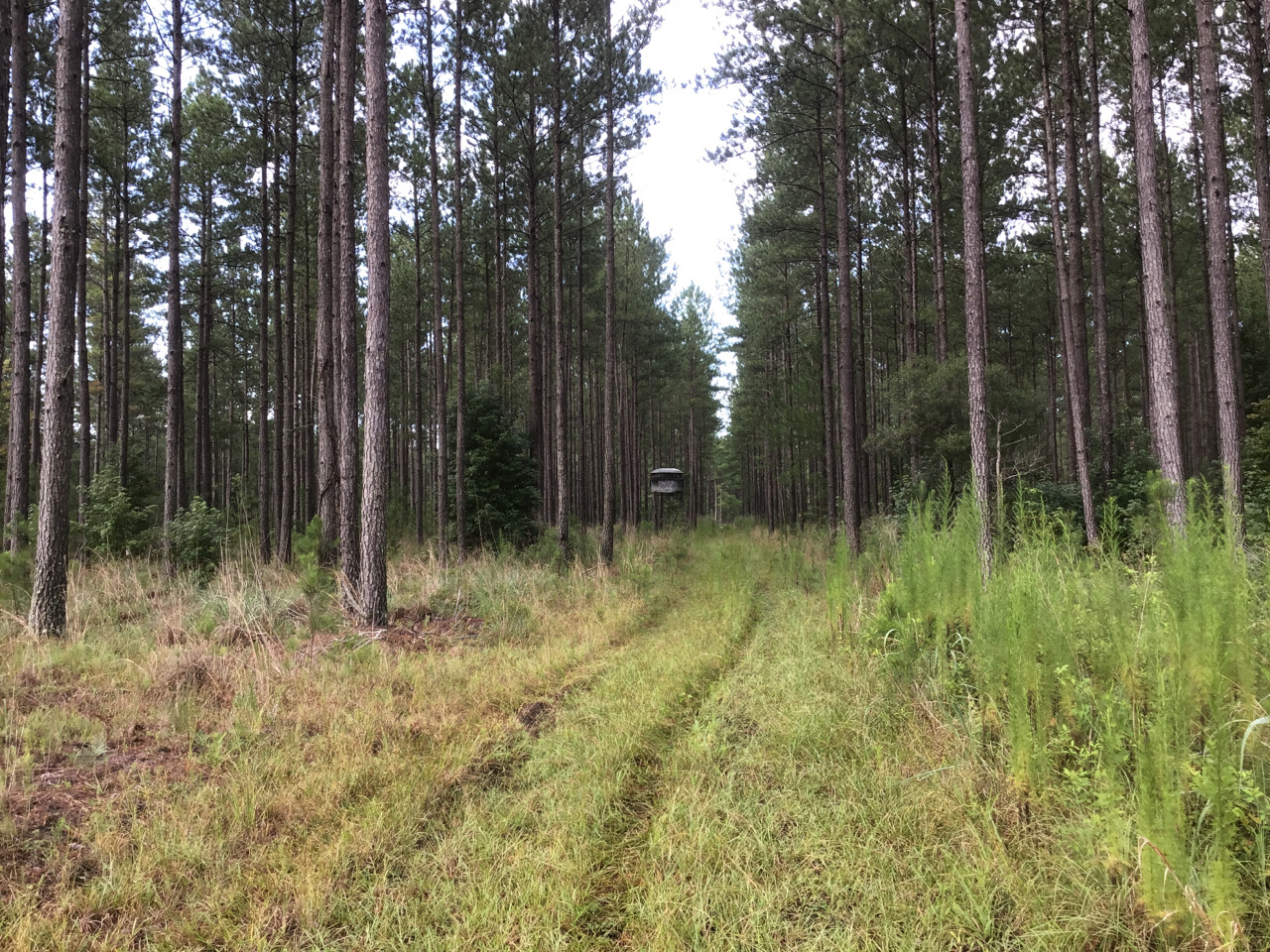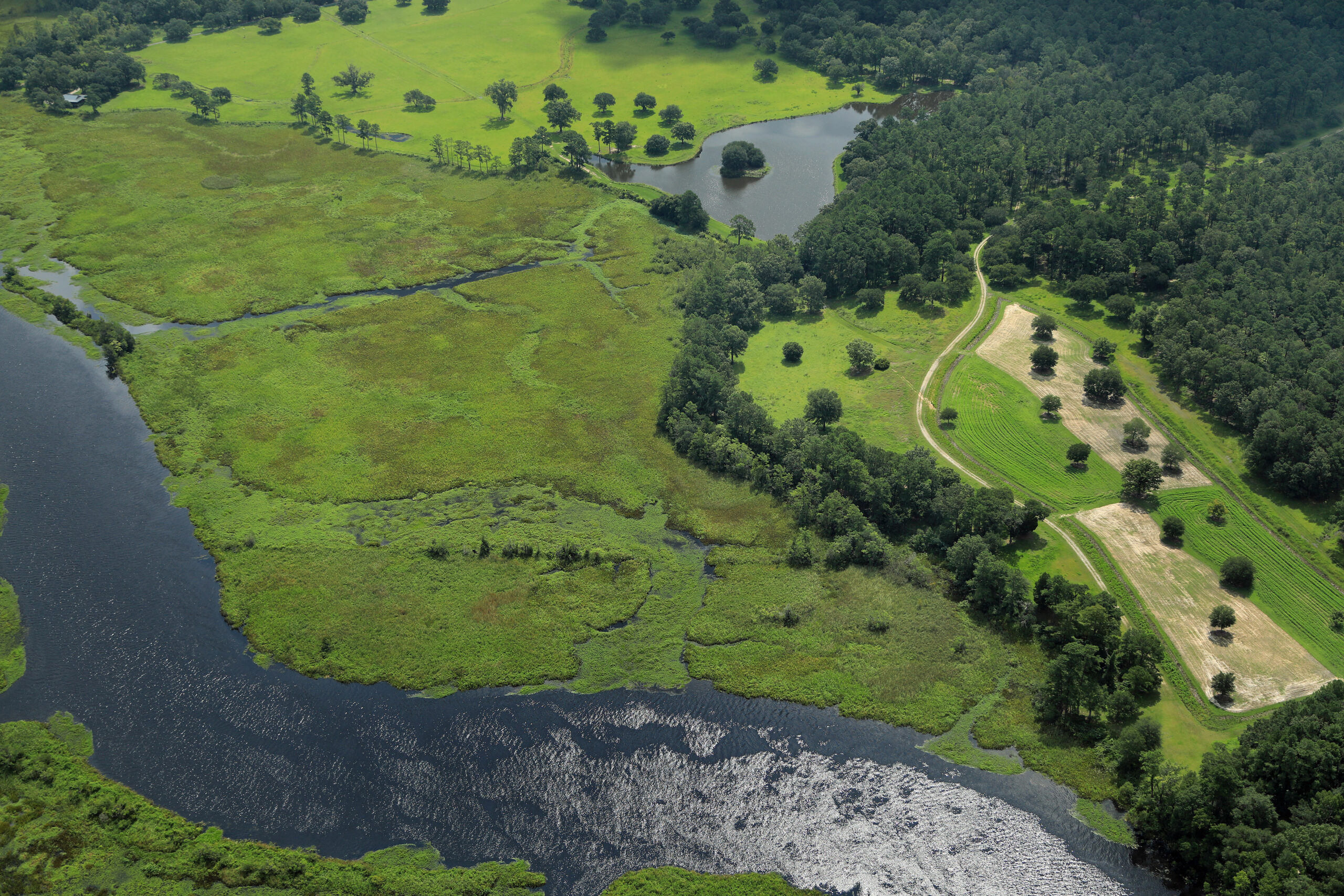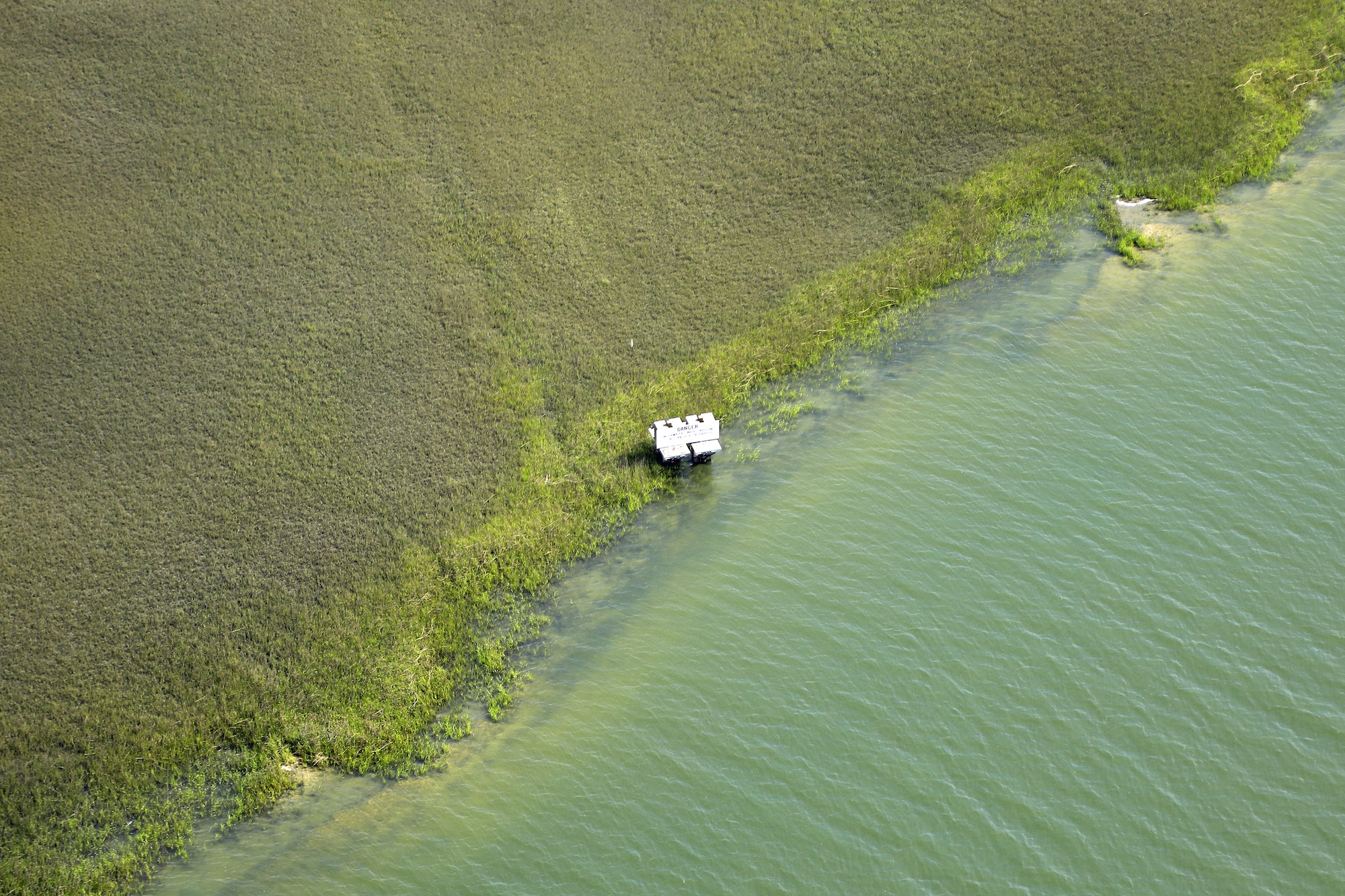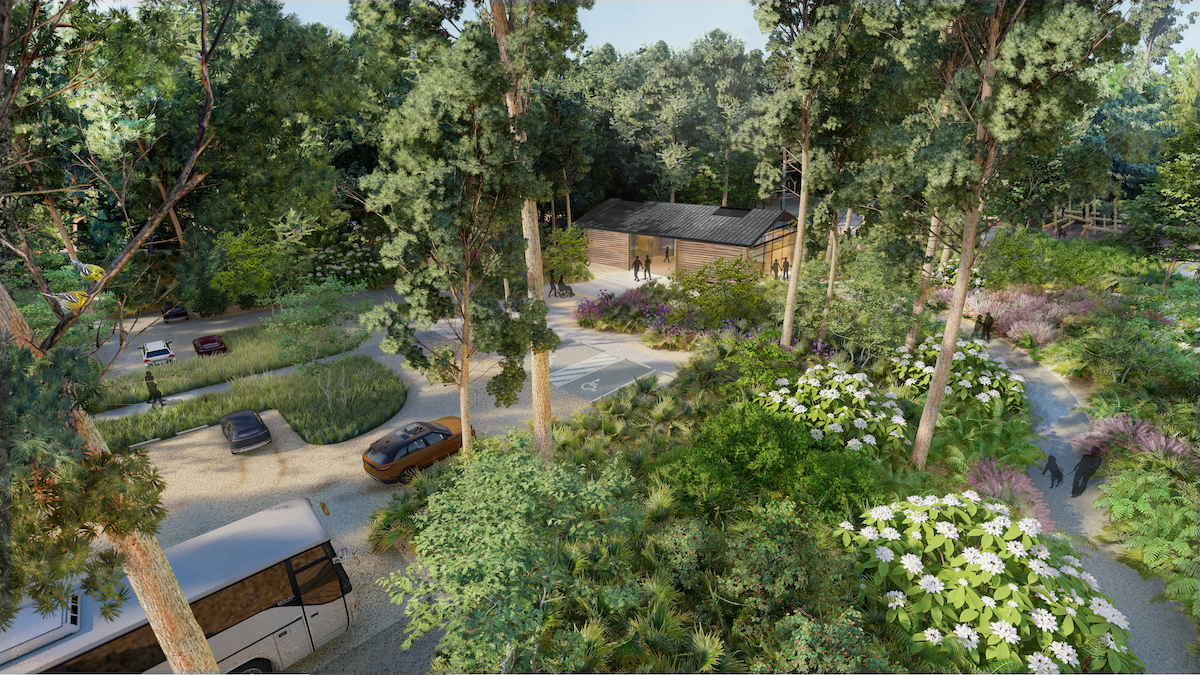As an organization, we are always looking for new ways to meet the conservation needs of our coastal South Carolina communities. To address this need, we are excited to announce the hiring of Natalie Olson as our Sea Islands Program Director. Natalie is an experienced conservationist with a passion for the sea islands. She, herself, is a resident of Johns Island. We are delighted to have her join our team, allowing us to more directly work with sea islands community members in their conservation efforts. With her passion for conservation and readiness to take on this new role, we wasted no time diving into a Q&A to introduce her to our community.

Could you tell us a bit about what you will be doing in your new role at LLT?
As the Sea Islands Program Director, I am responsible for pursuing strategies to conserve the natural and cultural resources of the sea islands, with a focus on Johns and Wadmalaw Islands. I’ll be engaging and working with landowners, community members, and government officials, not only on land protection mechanisms like easements and fee simple purchases, but on developing additional strategies to conserve the islands’ character. These efforts aim to provide for the long-term viability of rural communities and the activities that support them, like farming, timbering, and agriculture.
What makes the Lowcountry landscape, in particular, Johns and Wadmalaw Islands, so unique?
I think it’s the combination of natural, historical, and cultural resources that define the character of the sea islands and make them so unique. It’s like nowhere else in the world.
Johns and Wadmalaw Islands boast breathtaking landscapes, abundant natural forests and marshes, and scores of wildlife species. On the islands, the most extraordinary of cultural resources come from the people and places descendant from or related to Native Americans, enslaved Africans, the Reconstruction era, Gullah-Geechee culture, and the struggle for civil rights. Johns Island is also home to perhaps the oldest live oak tree in the United States, the Angel Oak, along with generations of farmers and rural families that rely on the natural environment for food, income, and wellbeing.
Charleston’s rise to the national food scene is due in large part to chefs’ access to local, unique, and flavorful ingredients grown on the sea islands. I doubt there are many other places where there’s only a 20-minute drive separating tomato and dairy farms from one of the greatest cities in the world.
What makes conservation of these sea islands so crucial at this time?
Some people say that the rural nature of Johns Island is gone — and it can be easy to think that when stuck in traffic on a busy corridor like Maybank Highway. But, when you look beyond the limited development footprint, you get a much more accurate picture of what we have in the sea islands, and what we stand to lose.
Johns Island is 75.6 square miles (48,670 total acres) but only 21.2% of the island is within the Urban Growth Boundary, the line drawn by the City of Charleston and Charleston County designating what land should remain rural to preserve the quality of life for residents. That means there are over 38,000 acres of land on Johns Island alone where agriculture, forests, wetlands, and marshes exist and should continue to flourish.
Unfortunately, current zoning and the urban growth boundary are not guaranteed in perpetuity. With only 6.8% of land on Johns Island under permanent protection, losing tens of thousands of these rural acres to incompatible land uses over the coming years is not off the table. The growth pressures are immense — in the last 30 years, Johns Island’s population has grown by 130%. If we don’t take steps now to permanently protect land on Johns and Wadmalaw Islands, and take measures to support the rural communities that live there, they may be lost forever.
What is your connection to the Charleston-area sea islands and what inspired you to take on this role at LLT?
The foreword to A Sand County Almanac by Aldo Leopold begins; “There are some who can live without wild things, and some who cannot.” I, like Mr. Leopold, cannot. I was born in the Florida Keys, where my father ran the local land and sea trust. Days not spent on the water fishing were spent in the Trust’s Natural History Museum, where I learned to value not only our environment, but also the animals and people that survived and thrived there before me, and those that will come after.
In fact, I have lived most of my life on islands and had a childhood heavily influenced by my father’s career in conservation, my mother’s career in botany, and my siblings, who’ve both pursued similar endeavors. After law school I had the honor, and pleasure, of working at two phenomenal organizations, the Coastal Conservation League and Conservation Voters of South Carolina, as well as gaining valuable experience in the wetland mitigation private sector. I’m also now a proud resident of Johns Island. I quickly fell in love with the island after moving to Charleston in 2010 and was fortunate enough to purchase a home a few years ago.
I know first-hand what makes this place special, and when the opportunity arose to be on the team of the ‘boots on the ground’ working to protect it forever, I couldn’t pass it up.
How can people in the Sea Islands and the greater Charleston area get involved in conservation?
Get involved in local government! Decisions are made by local elected officials every day that impact us, like permitting developments, grand tree removals, stormwater and road projects, funding for conservation, and a thousand other issues that will impact the future of the sea islands.
Also, support and engage with local organizations and community groups. For example, the Center for Heirs Property offers legal education and direct legal services to help families reach agreement, clear title to family land and probate estates. The Coastal Conservation League can help citizens monitor development proposals and get engaged in environmental decision-making. There are a number of Johns Island and Wadmalaw Island-focused community groups and associations that welcome participation from residents, so attending those meetings is a great way to get plugged in.
And if you’re a landowner – get in touch with us!





